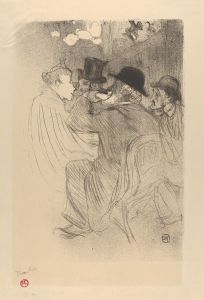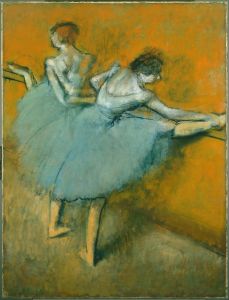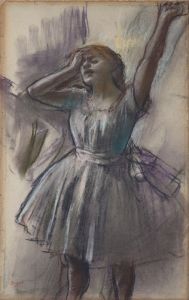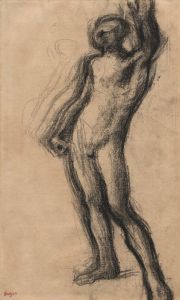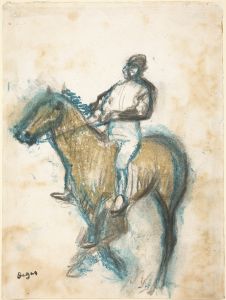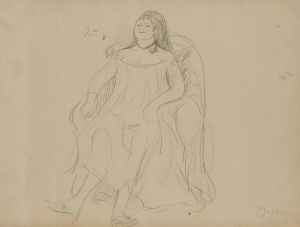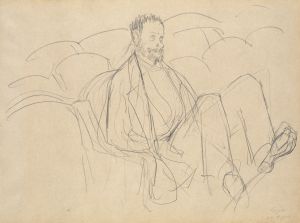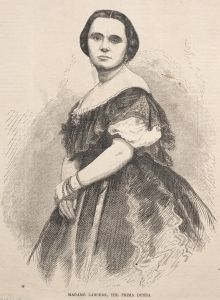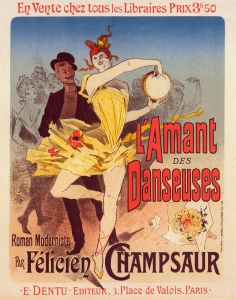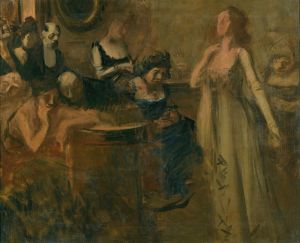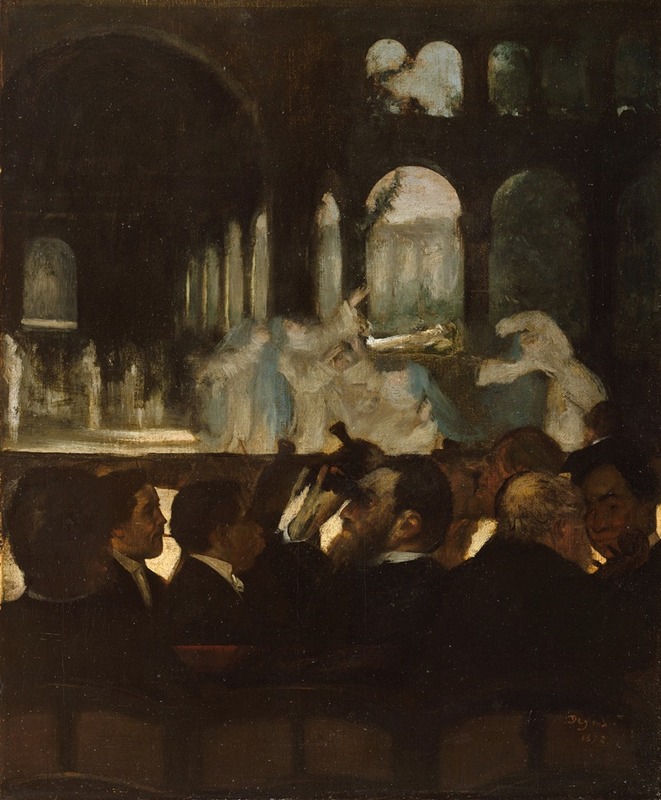
The Ballet from ‘Robert le Diable’
A hand-painted replica of Edgar Degas’s masterpiece The Ballet from ‘Robert le Diable’, meticulously crafted by professional artists to capture the true essence of the original. Each piece is created with museum-quality canvas and rare mineral pigments, carefully painted by experienced artists with delicate brushstrokes and rich, layered colors to perfectly recreate the texture of the original artwork. Unlike machine-printed reproductions, this hand-painted version brings the painting to life, infused with the artist’s emotions and skill in every stroke. Whether for personal collection or home decoration, it instantly elevates the artistic atmosphere of any space.
Edgar Degas's painting The Ballet from ‘Robert le Diable’ is a notable work that reflects the artist's fascination with the world of theater and dance. Created in 1871, this painting captures a scene from the ballet sequence in Giacomo Meyerbeer’s opera Robert le Diable (Robert the Devil), which premiered in 1831. The opera was immensely popular during the 19th century, and its ballet scene, known as the "Ballet of the Nuns," was particularly celebrated for its dramatic and supernatural themes.
Degas's depiction focuses on the ghostly nuns, who rise from their graves to perform a haunting dance. The scene is set in a moonlit, eerie atmosphere, with the figures of the dancers rendered in Degas's characteristic style, blending realism with a sense of movement and theatricality. The painting demonstrates Degas's early interest in capturing the ephemeral qualities of performance and his skill in portraying the human figure in motion.
This work is significant as it marks one of Degas's first explorations of the theme of dance, which would later become a central subject in his oeuvre. Unlike his later, more intimate studies of ballet dancers in rehearsal or backstage, The Ballet from ‘Robert le Diable’ presents a grand, staged performance, emphasizing the dramatic and otherworldly aspects of the scene. The painting also reflects Degas's interest in the interplay of light and shadow, as well as his ability to convey the texture and movement of fabric and the physicality of the dancers.
The painting is part of the collection of the Victoria and Albert Museum in London, where it is recognized as an important example of Degas's early work. It provides insight into his evolving artistic style and his engagement with contemporary cultural themes, particularly the popularity of opera and ballet in 19th-century Paris.
Degas's choice of subject matter also highlights the broader cultural fascination with the supernatural and the Gothic during this period, as seen in the themes of Meyerbeer’s opera. The painting serves as a testament to Degas's ability to merge his keen observational skills with his interest in the performing arts, creating a work that is both evocative and technically accomplished.








